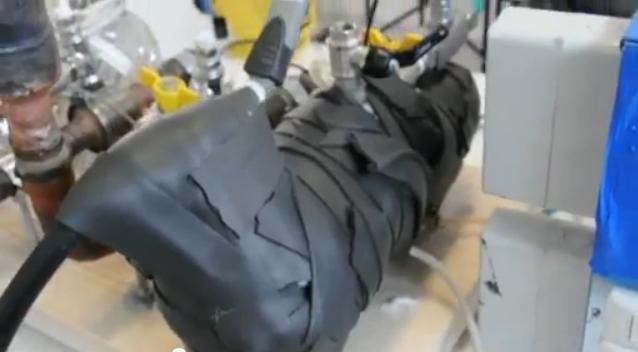People have recently asked me questions similar to this one:
“What is your current overall opinion of the reality of low-energy nuclear reactions and their prospects for commercially useful applications?”
My opinion of the reality of LENR has not wavered since 2003: It is important, it is real science and it could be a world-changing energy technology. But LENR has a long way to go before it is a practical technology. The science must be understood first, and, in general, it is not.
For 23 years, a variety of companies, most of them no longer in existence, have claimed to be very close to a practical technology.
If people are promoting a working technology, great. They should sell products. Otherwise, they are only attempting to lure investors or government bureaucrats to fund a technology they might develop into a practical reality. An example in the private sector: Blacklight Power. An example in the public sector: the entire thermonuclear fusion industry.
When I worked in the computer industry, we called perennially promised but undelivered products vaporware. We could use a similar term for that in the energy business.
Someone sent me another related question today:
“I have some contacts with a university that is investigating the possibility of being able to make experimental tests of various technologies in the context of low-energy nuclear reactions. They asked me to propose two or three technologies to work on. Do you have any other proposal in this regard?”
Until researchers learn how to control the LENR materials on an atomic level, using nanotechnology, and obtain access to the tools required to do so, spending time on poorly reproducible experiments in a search for excess heat will be ineffective.
Reproducible experiments include the co-deposition experiment developed by the U.S. Navy’s Space and Naval Warfare Systems Center in San Diego and the transmutation experiments developed by Mitsubishi Heavy Industries. A well- equipped university laboratory can get started with the SPAWAR experiment for less than $1,000. The Mitsubishi experiment costs a few million.
Effective searches to gain scientific knowledge and understanding of LENR include searches for elemental transmutations, isotopic anomalies, surface anomalies and particle detection.



